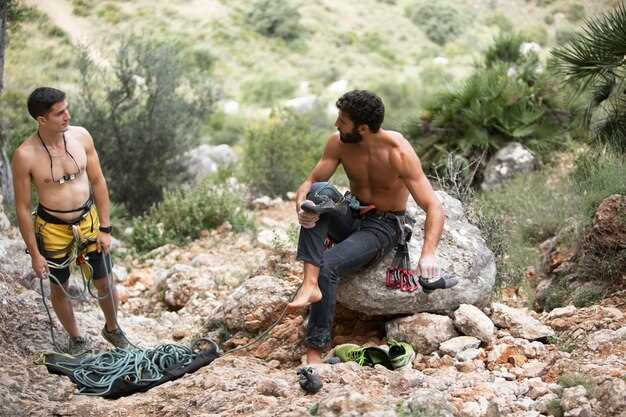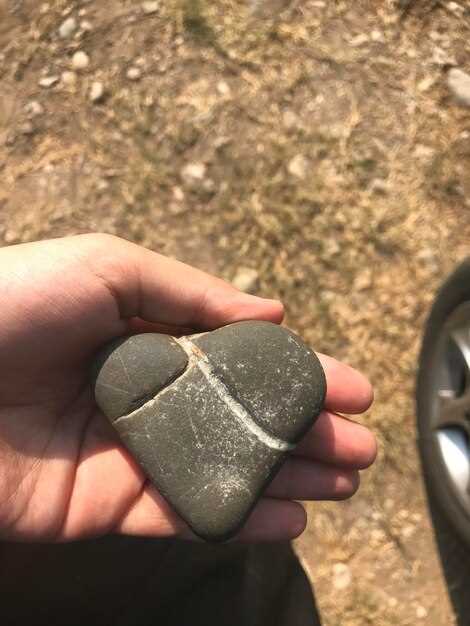What is rock crawling and how to prepare your Jeep


Rock crawling is an exhilarating off-road activity that challenges both vehicle capabilities and driver skills. It involves maneuvering through rough terrain, including steep inclines, deep ruts, and large boulders. Competitors often push their vehicles to the limit, showcasing the power and precision of modified (or “mods”) machines that are purpose-built for this demanding sport. Understanding the fundamentals of rock crawling is essential for anyone looking to conquer these rocky landscapes.
Preparation is key when it comes to ensuring your Jeep is ready for rock crawling adventures. This starts with the right selection of mods that enhance performance and durability. Important upgrades include reinforced suspensions, high-traction tires, and protective skids to shield the undercarriage from harsh obstacles. Each modification plays a significant role in a Jeep’s ability to tackle challenging rock formations and navigate through uneven surfaces.
In the following sections, we will explore the essential aspects of rock crawling, from the necessary vehicle preparations to the specific techniques that every off-roader should master. Our focus will be on equipping you with the knowledge and tips needed to elevate your rock crawling experience, ensuring that you can tackle any trail with confidence and skill.
Understanding Terrain Types for Rock Crawling

Rock crawling enthusiasts encounter a variety of terrain types that significantly impact vehicle performance and driving techniques. Knowing these terrains is essential for effective planning and execution of the rock crawling experience.
1. Rocky Trails
Rocky trails are characterized by loose rocks, boulders, and uneven surfaces. This terrain tests both the vehicle’s traction and the driver’s skill. The ideal modifications (mods) for navigating rocky trails include high ground clearance, robust tires with deep treads, and an effective suspension system that provides stability and flexibility.
2. Slopes and Inclines
Inclined surfaces often feature steep ascents and descents. Vehicles must have sufficient power and torque to tackle steep grades while maintaining traction. To prepare for such terrain, installing a low-range gearing system and skid plates for underbody protection are highly recommended mods.
3. Sandy and Loose Soil Areas
While not traditionally associated with rock crawling, sandy or loose soil can present challenges. In these areas, vehicles might struggle for traction, so it’s crucial to have specialized tires that can grip loose surfaces effectively. Additionally, mods like locking differentials can enhance performance in such conditions.
4. Mud Pits
Although often seen as a separate activity, mud pits can also be encountered while rock crawling. These areas require vehicles to have strong waterproofing and high ground clearance to navigate through heavy mud. Mods that improve flotation and traction in mushy conditions will be advantageous.
5. Rocky Outcrops and Boulders
This terrain type features large rocks and boulders requiring precise navigation skills. Vehicles need to be equipped with appropriate skid plates to protect the undercarriage, and articulation in the suspension system is essential for maintaining tire contact with the ground. Custom rock sliders can also help protect the sides against damage.
Understanding these terrain types allows rock crawlers to prepare their vehicles effectively with the appropriate mods and techniques, ensuring a safe and challenging off-road experience.
Must-Have Modifications for Your Jeep’s Off-Road Performance
To enhance your Jeep’s off-road capabilities, particularly in rock crawling scenarios, certain modifications are essential. First and foremost, upgrading your suspension system is critical. Consider installing heavy-duty shocks and springs, which will improve articulation and allow your Jeep to navigate rocky terrains with greater ease.
Another key modification is the addition of larger, more aggressive tires. Opting for tires specifically designed for off-road use enables better traction and grip on uneven surfaces. A good choice would be all-terrain or mud-terrain tires, as they provide superior handling during rock crawling adventures.
Installing a quality locking differential can significantly improve your Jeep’s ability to traverse tough obstacles. Lockers ensure that both wheels on an axle turn at the same speed, preventing wheel spin and allowing for maximum power transfer to the ground when facing challenging inclines or rocky passages.
Skid plates are also a must-have. These protective plates shield the undercarriage from damage caused by sharp rocks and other hazards commonly encountered during rock crawling. Carefully selecting skid plates that cover vital components will safeguard your Jeep’s integrity in demanding environments.
An upgraded transfer case is beneficial for improving torque distribution and ensuring better traction while climbing over obstacles. Kits that provide lower gearing improve crawl ratios, enabling more controlled navigation over steep and rocky terrain.
Lastly, investing in a winch can be a game-changer. A winch adds a level of safety to your off-road excursions, allowing you to pull yourself out of tricky situations or assist fellow off-road enthusiasts when needed. Ensure your winch has a sufficient weight rating to handle your Jeep’s weight.
Safety Precautions to Consider Before Rock Crawling

Rock crawling is an exhilarating off-road activity, but it comes with inherent risks. Prior to hitting the trails, it’s essential to implement safety precautions to ensure a secure and enjoyable experience. Below are critical considerations to keep in mind.
- Vehicle Inspection:
Before you start rock crawling, conduct a thorough inspection of your Jeep. Check the following:
- Brakes: Ensure they are functioning properly.
- Tires: Inspect for adequate tread and proper inflation.
- Suspension: Verify that it is in good condition and capable of handling rough terrain.
- Fluid Levels: Check oil, coolant, and other essential fluids.
- Safety Gear:
Wearing the right safety gear can make a difference in emergency situations:
- Seatbelts: Always buckle up before starting your crawl.
- Helmets: Consider wearing a helmet for additional protection.
- Gloves: Use gloves for better grip and protection.
- Eye Protection: Wear goggles to shield your eyes from debris.
- Assessing the Terrain:
Understanding the rock crawling environment is crucial:
- Read maps and trail guides to familiarize yourself with the area.
- Identify potential hazards such as steep inclines, loose rocks, or water hazards.
- Evaluate your skill level against the terrain’s difficulty.
- Travel in Groups:
Always rock crawl with at least one other vehicle:
- Having a buddy can provide assistance in case of an emergency.
- Maintain communication with other vehicles for coordination.
- Establish a plan for what to do in case someone gets stuck or experiences vehicle issues.
- Emergency Preparedness:
Being prepared for emergencies is vital:
- Carry a first aid kit tailored for off-road situations.
- Have a toolkit on hand for mechanical repairs.
- Bring extra water and food, especially on longer outings.
- Consider a communication device, like a two-way radio, for emergencies.
- Know Your Limits:
Lastly, recognize your own abilities:
- Only attempt trails that match your skill and experience level.
- Understand the capabilities and limitations of your Jeep.
- Don’t push beyond your comfort zone; it could lead to dangerous situations.
By adhering to these safety precautions, you can significantly increase your chances of having a safe and enjoyable rock crawling adventure. Always remember: safety first!
